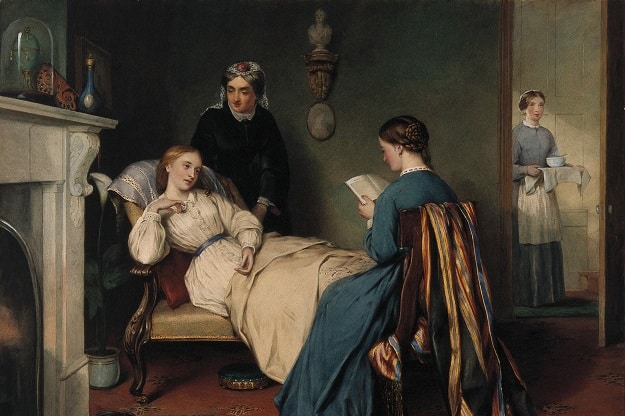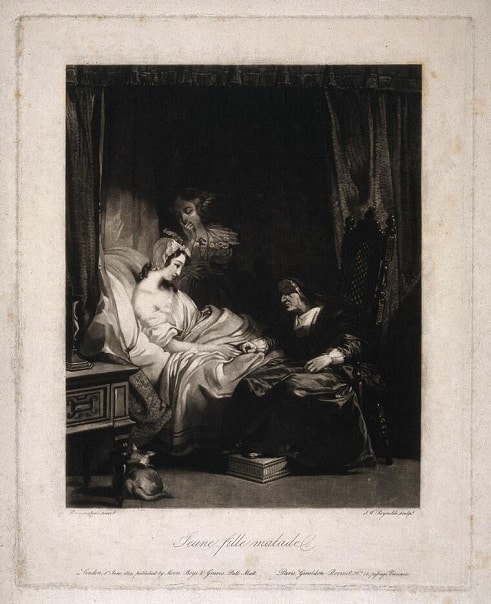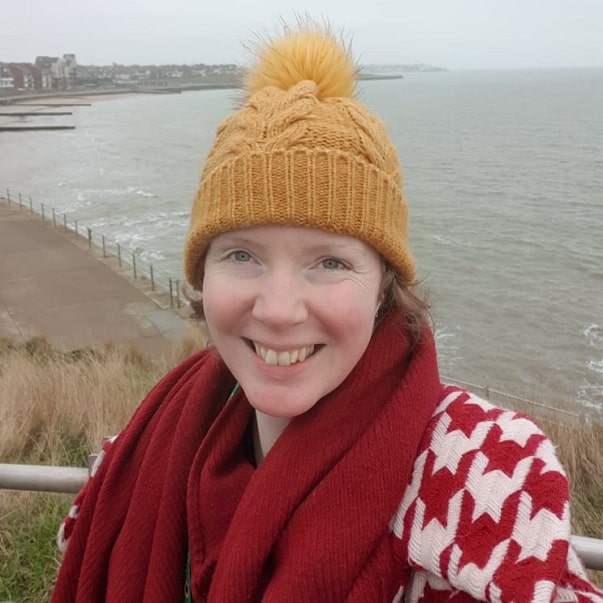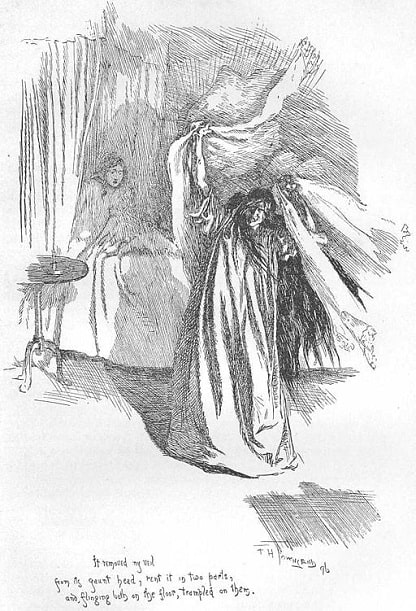
Thanet-based costume designer and textile artist Katie Hogben has launched a new creative project, Breaking apart the sick girl trope. All women and non-binary people with experience of chronic illness or disability are invited to join five free online sessions.
Breaking apart the sick girl trope is an Arts Council England funded project that explores the language used in storytelling about women who have a chronic illness or disability. Looking at all forms of storytelling – including novels, short stories, plays, poetry, film, TV, fine art, and video games – the project will explore through costume design common ‘sick girl’ stereotypes that are damaging, and it will offer authentic alternatives.

Katie will be creating four costumes exploring common damaging tropes and authentic experiences of women with a chronic illness or disability. All four costumes will be influenced by five free online creative discussion sessions. All women and non-binary people with personal experience of chronic illness or disability, or carers, with an interest in storytelling are invited to take part in the Skype sessions, led by Katie. Participants can share their own examples and interpretations, or just listen if they prefer.
The final session will discuss authentic representations of women with a chronic illness or disability. Participants will be invited to create their own costume pieces expressing their experience and will be able to submit these costumes for consideration to be part of the exhibition at Pie Factory Margate later this year.

Katie is a costume designer, textile artist, writer and producer who lives in Westgate. Since 2010 she has led on costume design and production on over 20 theatrical productions, films and photoshoots, receiving training at London College of Fashion and Central Saint Martins. She has an MA in Screenwriting from the National Film and Television School. Katie also works in arts marketing, her experience including Power of Women festival, Turner Contemporary and Philharmonia Orchestra.

In her creative work, Katie has a particular interest in the experiences of the most vulnerable in society. In 2012, she set up the project Revealing the Invisible, which explored the aspects of chronic illness that are invisible, such as Chronic Pain, Chronic Fatigue, Brain Fog and Depression, through fine art exhibitions, writing and film.
Katie lives with incurable immune system illness Lupus which has symptoms including joint and muscle pain and an extreme tiredness.
Find out more about Breaking apart the sick girl trope, artist Katie Hogben and how you can get involved in the project at www.thesickgirltrope.wordpress.com
Accessing the creative discussion sessions
If you are a woman or non-binary person with experience of chronic illness or disability, and would like to take part in the free online discussion sessions, please email your name and contact email address to [email protected] with ‘Take part’ in the subject line.
The sessions will be held on Skype. Katie wants everyone to be involved in the project who wants to be, so if Skype isn’t your preferred method of communication, there are other ways to get involved. Find out more at www.thesickgirltrope.wordpress.com/get-involved
Other ways to get involved
All people with an interest in the project, including women, non-binary people and men, those with and without experience of chronic illness and disability, are invited to sign up to the mailing list here and to join the Facebook group here, through which the presentations and discussion summaries will be shared.
If you have questions, email Katie at [email protected]
Dates for your diary
The five sessions on Skype will be at 7pm for an hour on:
Sunday 24th April
Sunday 15th May
Sunday 5th June
Sunday 26th June
Sunday 17th July
The exhibition will be at Pie Factory Margate from Friday 28th October to Wednesday 2nd November, opening times to be confirmed.

